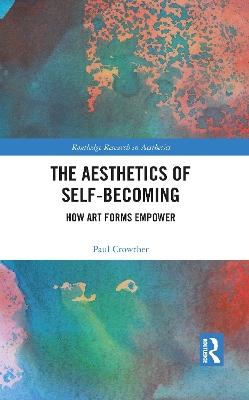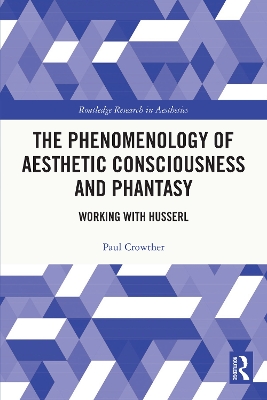Routledge Research in Aesthetics
2 total works
This book shows that art involves an aesthetics of self-becoming, wherein we do not simply consume artistic meaning, but become empowered-by adapting ourselves to what creation in the different art forms makes possible. Paul Crowther argues that the great political task in aesthetics is no longer the creation of political art as such, but rather the winning back of art and aesthetics as central societal concerns. This involves the overcoming of neo-liberal treatments of art as mere commodity and misguided attitudes that dismiss it as the product of dead white European males. The book begins with a theory of self-consciousness which reveals the necessary role played by the aesthetic in personal identity. It then emphasises how art forms empower through processes of making and aesthetic effects that are unique to them individually. To show this, he considers the ontology of pictorial art, sculpture, installation and assemblage works, architecture, literature, cinema, and music. His arguments concerning these are supported, throughout, by in-depth discussions of specific artworks. The book's effect, overall is to reorientate aesthetics by showing how art empowers through its revelation of new possibilities of experience.
The Aesthetics of Self-Becoming will appeal to philosophers of art and aesthetics, as well as scholars in art history, literary studies, film studies, and music theory who are interested in the book's central concerns.
The Phenomenology of Aesthetic Consciousness and Phantasy
by Paul Crowther
This is the first book dedicated to Husserl's aesthetics. Paul Crowther pieces together Husserl's ideas of phantasy and image and presents them as a unified and innovative account of aesthetic consciousness. He also shows how Husserl's ideas can be developed to solve problems in aesthetics, especially those related to visual art, literature, theatre, and nature.
After outlining the major components of Husserl's phenomenological method, Crowther addresses the scope and structure of Husserl's notion of aesthetic consciousness. For Husserl, aesthetic consciousness in all its forms involves phantasy-where items or states of affairs are represented as if actually perceived or experienced, even though they are not, in fact, given in the present perceptual field. Husserl also makes some extraordinarily interesting links between aesthetic consciousness and nature, showing how natural things and environments become instigators of such consciousness when apprehended in the appropriate terms. This "unreality" of the object of aesthetic consciousness anticipates contemporary debates about pictorial representation and is also relevant to Husserl's accounts of literature and theatre.
The Phenomenology of Aesthetic Consciousness and Phantasy will appeal to scholars and advanced students interested in aesthetics, philosophy of art, phenomenological aesthetics, and Husserl's philosophy.

